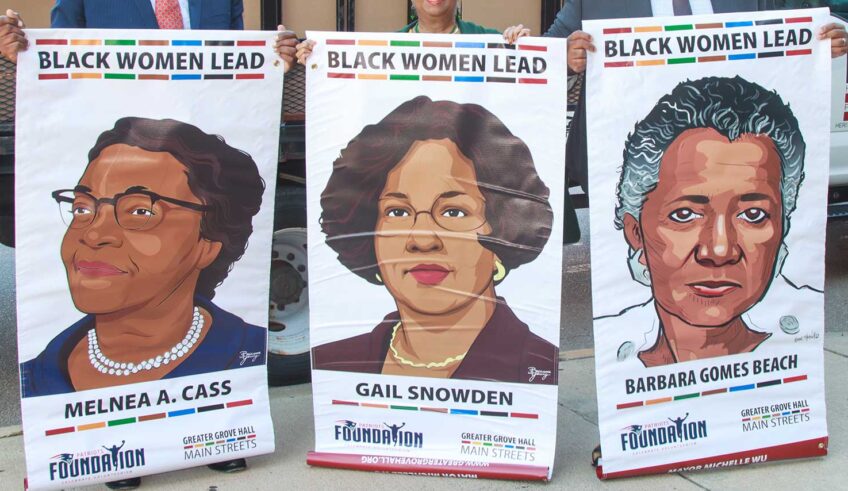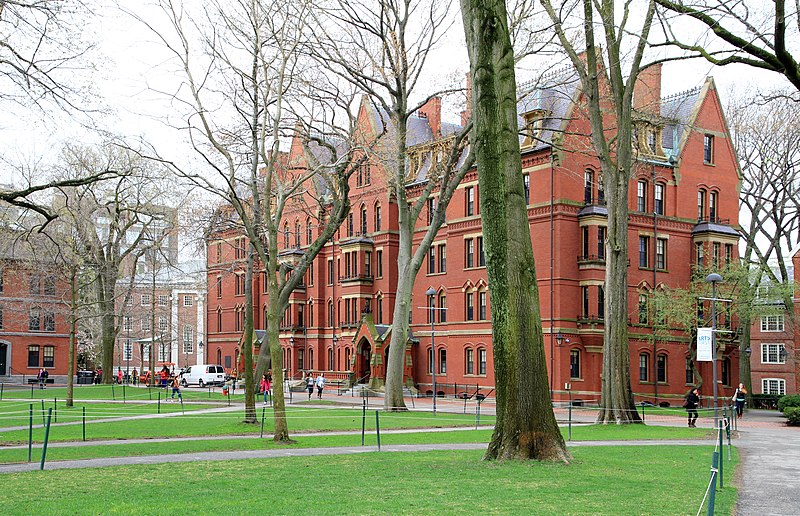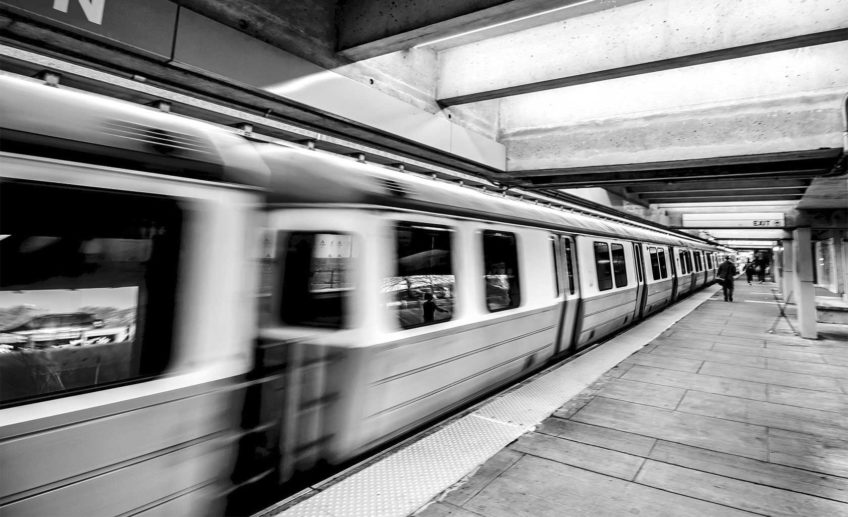Time to hold school principals accountable for increasing teacher diversity
It’s hiring season in the Boston Public Schools. Principals across the city are interviewing talented teachers to join their school teams. One top criteria they must look for is diverse candidates that reflect the racial demographics of their students.
Later this month, the Opportunity and Achievement Gaps Task Force — the monitoring body of community advocates, educators and parents who authored the 2016 Opportunity and Achievement Gaps Policy for the Boston Public Schools — will issue a school by school Report Card on Teacher Diversity, one of the ten goals in the Policy. The report card will shine a spotlight on schools doing an exemplary job with increasing teacher diversity, and schools just paying diversity lip service.
There is a wealth of research to show the positive impact that a diverse teaching force has on achievement for students of color — including higher test scores, fewer suspensions, and increased graduation rates. Take the Jeremiah E. Burke High School in Dorchester as an example. When you walk down the halls of the Burke, you can’t help noticing the highly diverse teaching staff, especially men of color. The Burke is the first school in Massachusetts history to move out of Turnaround Status with the state Department of Elementary and Secondary Education, and the school also won the distinguished School on the Move prize by Edvestors. Burke Headmaster Linda McIntyre values diversity at the core of her school improvement strategy. Of her 29 teachers, 55 percent are black and Latino.
By comparison, Brighton High School, which last year fell to Level 4 Turnaround Status, has a student body that is 91 percent students of color, while 69 percent of its teachers are white. The district has created a list of 20 “Diversity Focus Schools” which have failed to make real progress towards increasing teacher diversity. These schools receive heightened support and scrutiny from the Office of Human Capital. Not surprisingly, Brighton High is on this list.
To be sure, there is a pervasive pipeline issue in urban school systems nationwide, and Boston is not the only district plagued with a shortage of teachers of color. We need more black and Latino students moving into the teaching profession. But diversity never happens by accident. It has to be intentional. This point was driven home by the Boston NAACP, Lawyers Committee for Civil Rights, Black Educators Alliance of Massachusetts, and other civil rights groups in their recent paper called “Broken Promises: Teacher Diversity in Boston Public Schools.” Their report points out that back in the ’70s, the court desegregation order that brought busing also included a mandate to increase the level of black teachers in Boston. Significant progress was made back then. But in the past 20 years, progress has stalled.
The Task Force is closely monitoring the district’s new pipeline programs and recruitment efforts aimed at fueling the number of diverse applicants. But today, schools have greater autonomy than they did in the ’70s, which means principals are driven much more by their values than by mandates coming from central office. The buck stops with our school principals, who are on the front line of all hiring decisions. Ultimately, it’s our principals who demonstrate their values by who they hire and don’t hire.
As an African American and former Boston teacher myself, I often have the pleasure of bumping into my former students, three of which are now working in the district. Through hugs and tears, they each tell me they went into education because they loved having me as their fifth grade teacher. It’s humbling and rewarding to know I was the inspiration for these bright young women of color to enter the teaching profession. Clearly, one of the fastest ways to curb the diverse teacher shortage and fuel the pipeline is to ensure that black children grow up with Black teachers who they can admire and one day emulate.
Ayele Shakur is co-chair,of the Opportunity and Achievement Gaps Task Force, and regional executive director of BUILD – Greater Boston. The 2016 Opportunity and Achievement Gaps Policy for the Boston Public Schools was created to eliminate disparities in academic attainment for students of color, English language learners, students with disabilities, and students of low socio-economic status.






